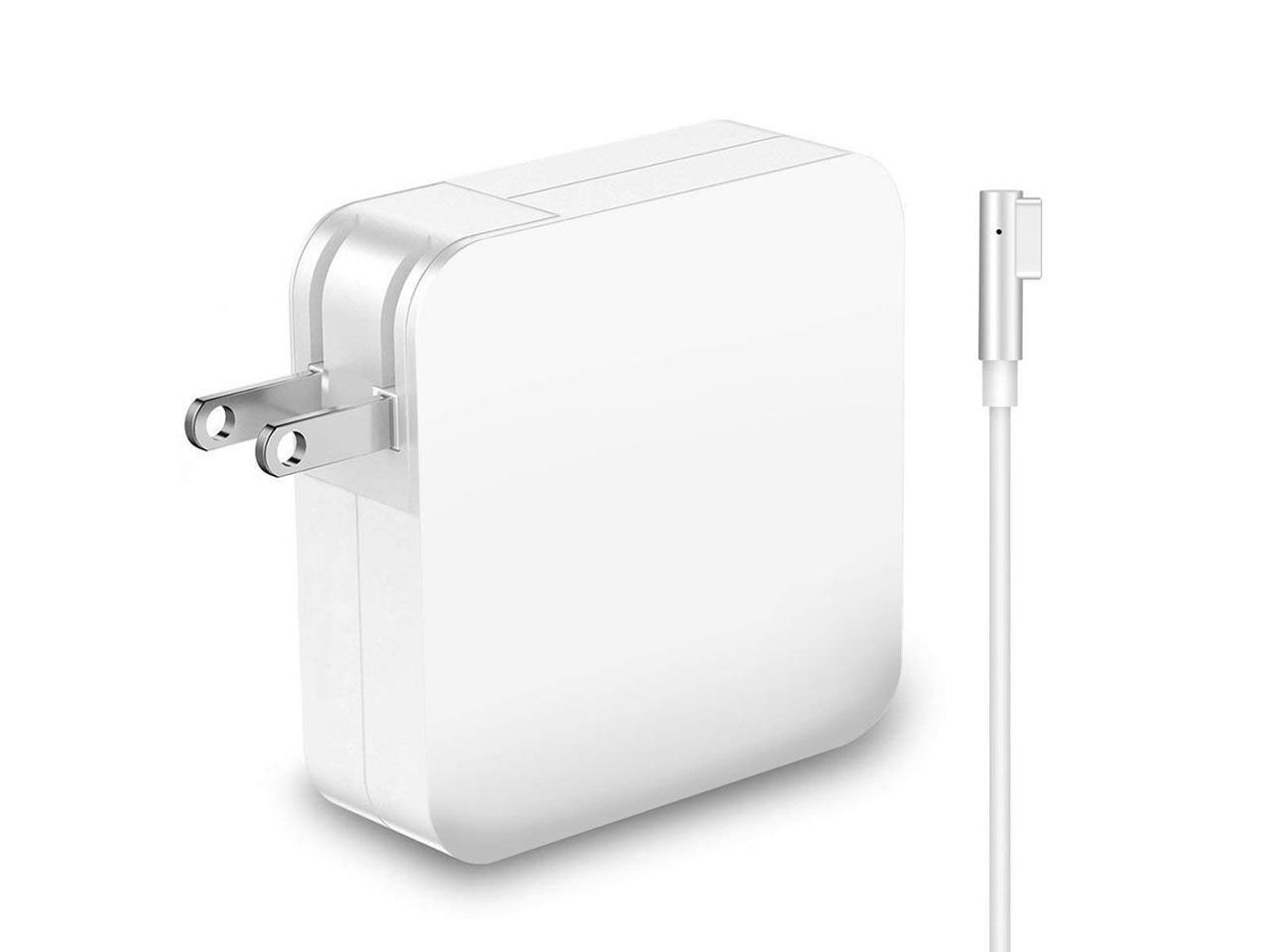



MagSafe 2 was introduced on the MacBook Air and MacBook Pro with Retina Display at the 2012 Worldwide Developers Conference on June 11, 2012. It had a DC input (instead of AC like the original MagSafe chargers) and would power the computer, but would not charge the battery. Īpple formerly offered a "MagSafe Airline Adapter" for use on certain compatible airplanes. According to Apple, an adapter with a higher wattage than that originally provided may be used without problems. The power brick is smaller, but the MagSafe connector is the same as on the 60 W and 85 W chargers.

The MacBook Air has a lower-powered 45 W version of the MagSafe adapter. The MacBook and the 13-inch MacBook Pro use a 60 W MagSafe charger, whereas the 15- and 17-inch MacBook Pro use an 85 W MagSafe charger. MagSafe can be found on the MacBook, MacBook Pro and MacBook Air notebook computers, as well as the Apple LED Cinema Display and Thunderbolt Display. LEDs on both the top and bottom of the connector show green if the computer battery is fully charged and amber or red if the battery is charging. The original MagSafe has connector pins that are designed so the rectangular connector can be inserted in either orientation (however, the L-shaped version of the connector can only be fitted in one orientation without blocking neighboring ports, such as USB). The last product with MagSafe, the 2017 MacBook Air, was discontinued on July 9, 2019. Īpple phased out MagSafe with the release of the Retina MacBook and 2016 MacBook Pro that replaced it with USB-C for charging and data sync. patent number 7311526 on Decemfor a "Magnetic connector for electronic device" as MagSafe was deemed to be a sufficient improvement due to the connector being symmetrical and reversible, and the fact that magnets within a connector are arranged in opposing polarities for improved coupling strength. The basic concept of MagSafe is derived from the magnetic power connectors that are part of many deep fryers and Japanese countertop cooking appliances since the early 2000s in order to avoid spilling their dangerously hot contents.


 0 kommentar(er)
0 kommentar(er)
